The Pyramids of Cochasqui, located in the Pichincha Province of Ecuador, are a captivating testament to the advanced civilization of the pre-Incan Quitu-Cara culture. This archaeological site, perched high in the Andean mountains, is home to 15 pyramids and 21 burial mounds, offering a fascinating glimpse into the past.
Get your dose of History via Email
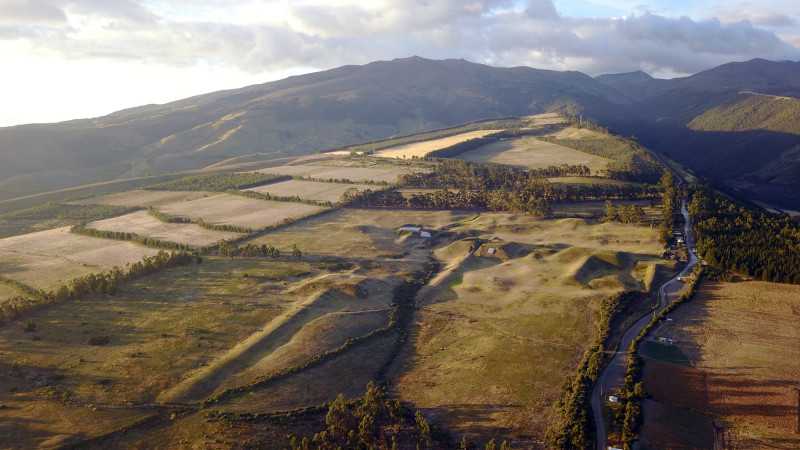
Historical Background
The Pyramids of Cochasqui date back to approximately 850 AD, during the period of the Quitu-Cara culture. This civilization was known for its advanced knowledge of astronomy, agriculture, and architecture, which is evident in the construction of the pyramids. The Quitu-Cara people were eventually conquered by the Inca Empire, but their legacy lives on in these remarkable structures.
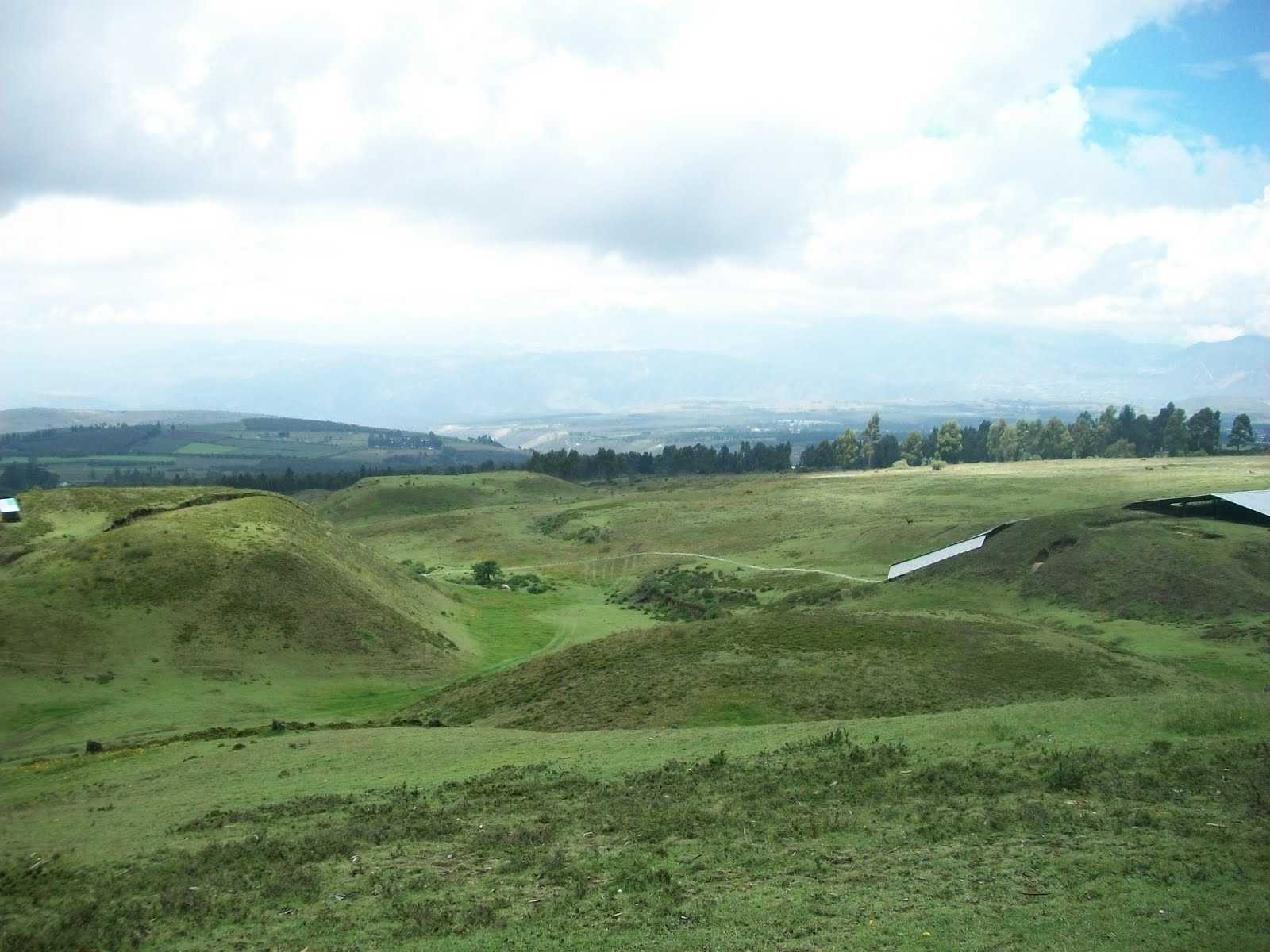

Architectural Highlights
The Pyramids of Cochasqui are a marvel of ancient engineering. They are constructed from compacted volcanic ash, known as cangahua, a material that is both abundant in the region and incredibly durable. The largest pyramid measures 80 meters in length and 8 meters in height, a testament to the architectural prowess of the Quitu-Cara people.
The pyramids are not just impressive in size, but also in their design. Each pyramid is terraced, with staircases leading to flat tops. These tops are believed to have been used as platforms for ceremonial activities. The pyramids are also strategically positioned in relation to each other and the surrounding landscape, suggesting a sophisticated understanding of spatial planning and possibly astronomical alignments.
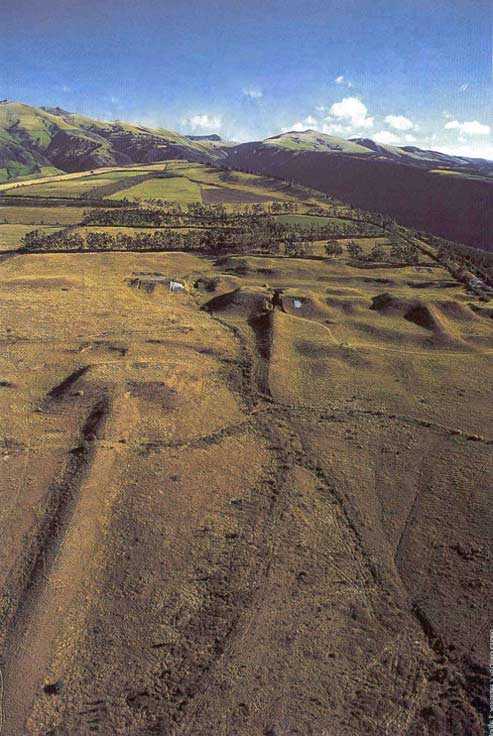
Theories and Interpretations
There are many theories about the purpose of the Pyramids of Cochasquí. Some scholars believe that they served as astronomical observatories, as their alignment corresponds with the solstices and equinoxes. Others suggest that they were used for agricultural purposes, with the terraces providing a means of crop cultivation.
The burial mounds found at the site provide further insight into the Quitu-Cara culture. These mounds, known as tolas, contain human remains and artifacts, suggesting that they were used for funerary purposes.
The dating of the site has been achieved through a combination of radiocarbon dating and stratigraphic analysis. These methods have helped to establish the age of the pyramids and provide a timeline for the Quitu-Cara civilization.
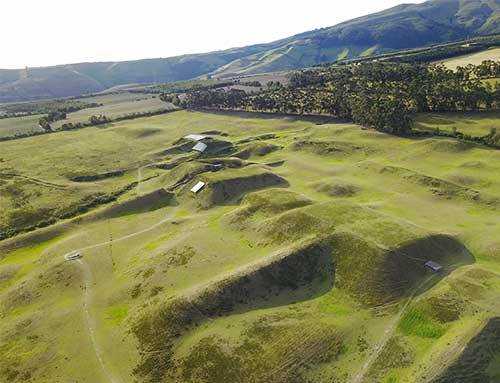
Good to know/Additional Information
Today, the Pyramids of Cochasqui are a popular tourist attraction and an important site for archaeological research. The site also includes a museum, where visitors can learn more about the Quitu-Cara culture and the history of the pyramids.
In addition to its historical significance, the site offers breathtaking views of the surrounding Andean landscape, including the snow-capped Cayambe volcano. Whether you’re a history enthusiast or simply a lover of natural beauty, the Pyramids of Cochasquí are a must-visit destination.

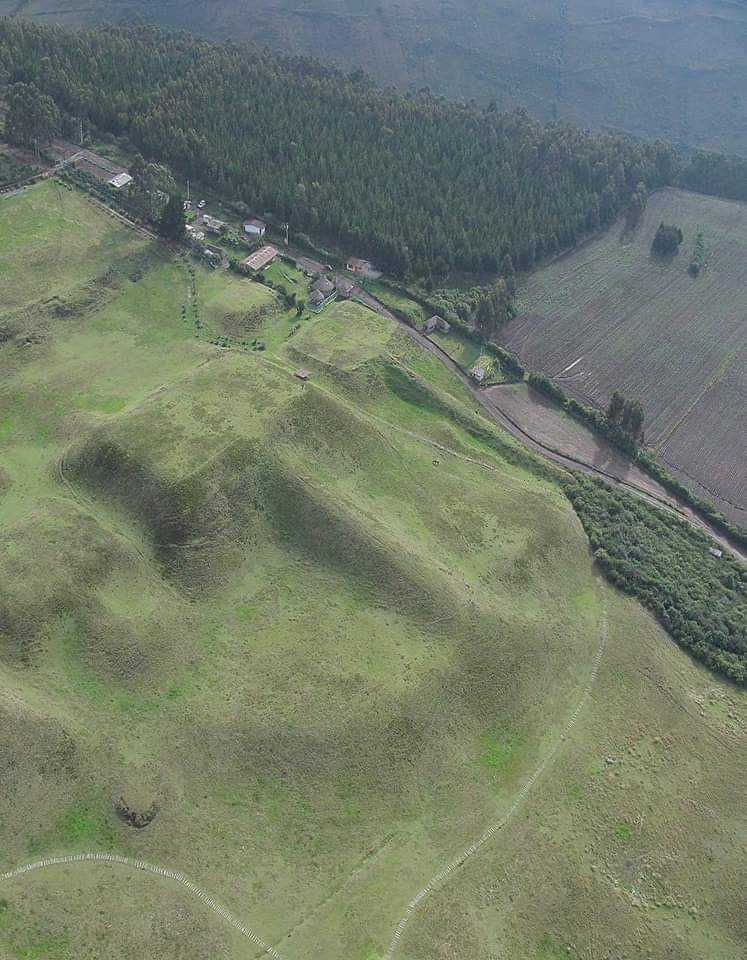
Howdy, Great article TWO THUMBS UP!!!
Thanks for modernizing archeology!